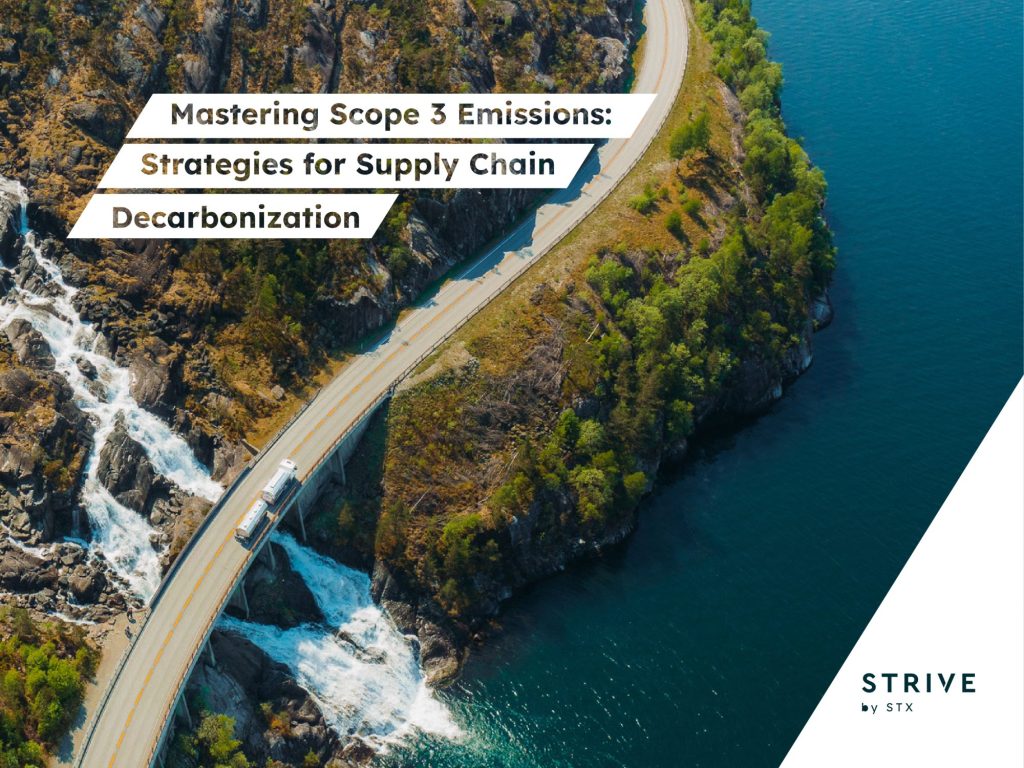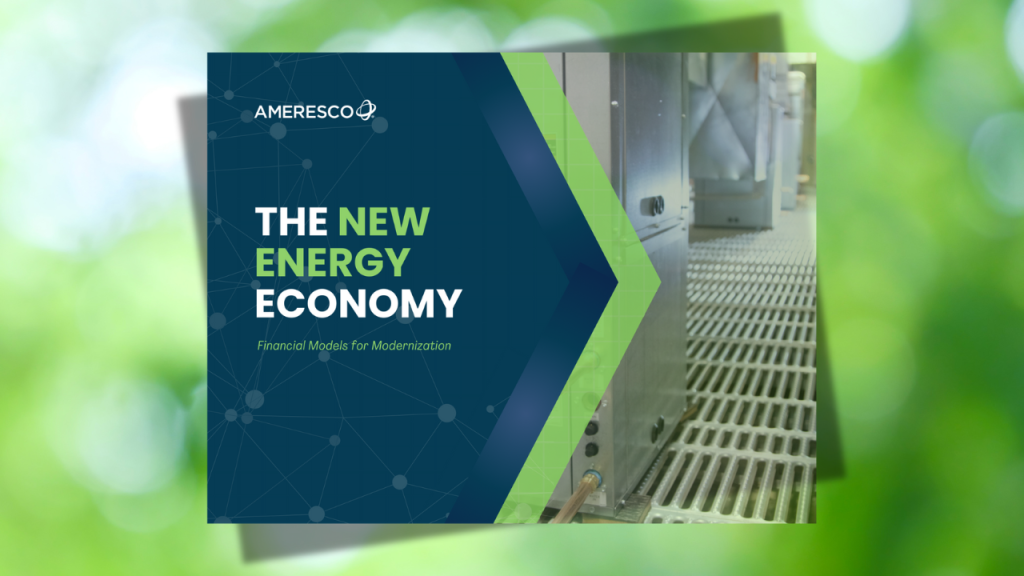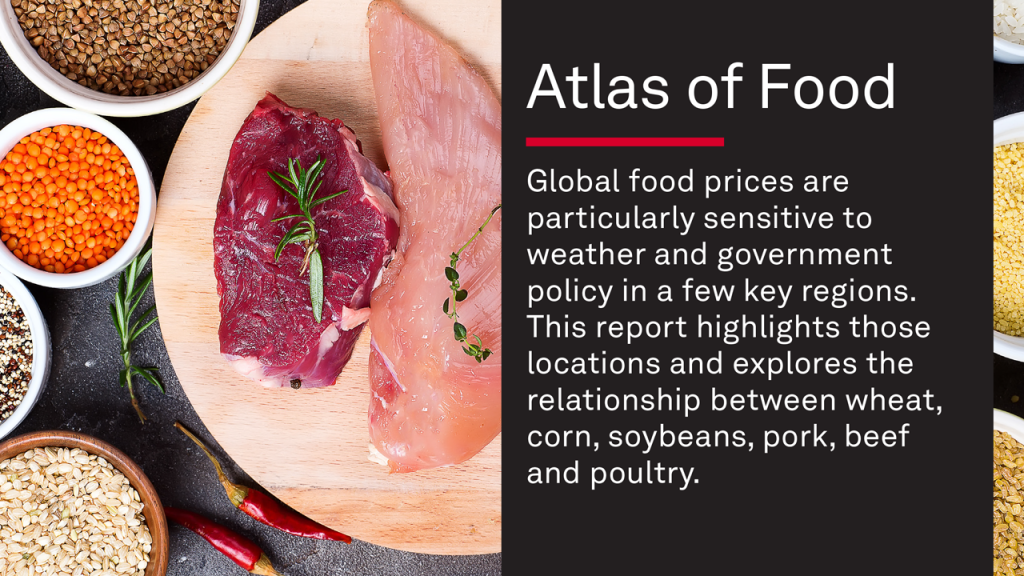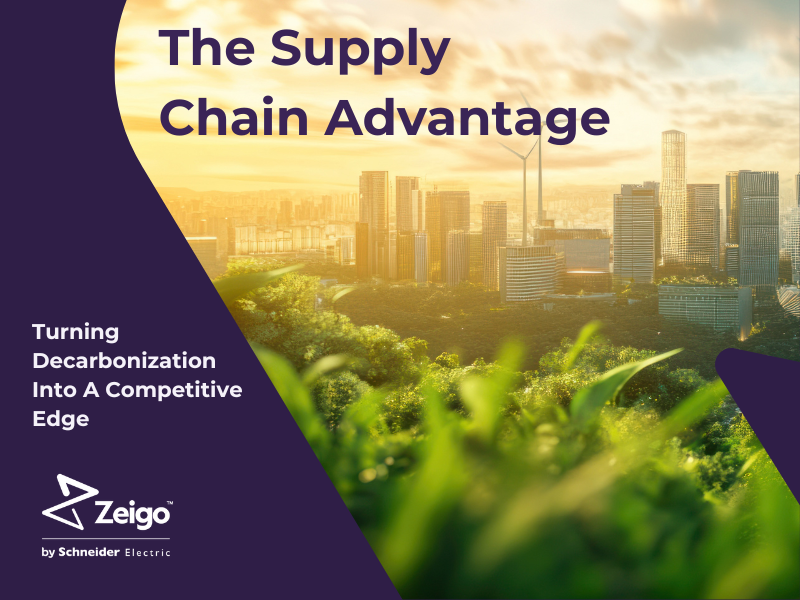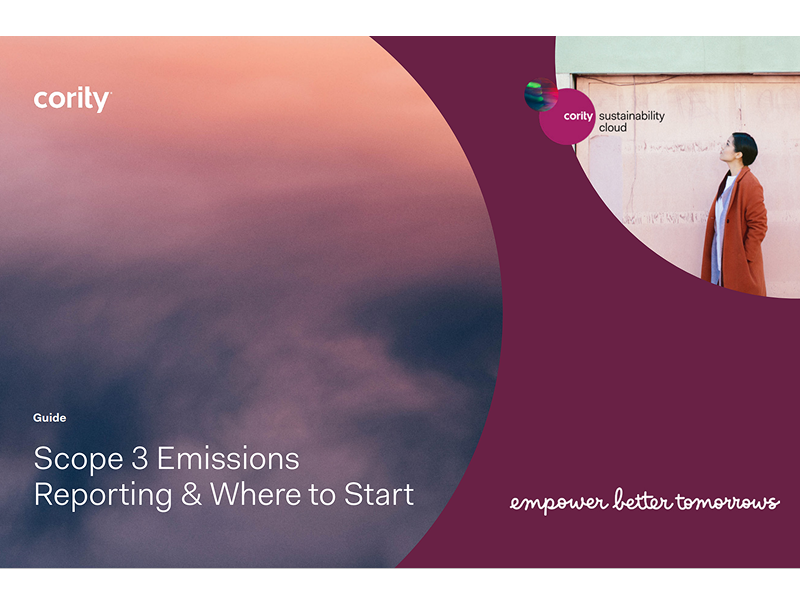How Klean Kanteen steeled the water bottle market
The stainless pioneer is withstanding tariffs, copycats and fads with a steady focus on its original values. Read More

- The company prioritizes durable, repairable and safe products over fast growth.
- Like many purpose-driven small brands, tariffs are squeezing Klean Kanteen’s margins.
- The decades-old B corp also battles continued consumer preference for throwaway plastic bottles.
Klean Kanteen helped to popularize plastic-free, reusable water bottles, weathering two decades by focusing on durable products rather than chasing aggressive growth. Ideals of serving “people, planet and profit” have helped the certified B Corporation endure recent challenges including tariffs that are uniquely hurting smaller businesses. In addition, the brand is adapting from a 2024 buyout and competing against copycats and the persistence of single-use plastic.
“We maintain by staying core to who we are and why we originally started, and not deviate too much from that,” said Global Product Manager Hunter Shoop.
Standing against plastic
Privately held Klean Kanteen, which does not release sales figures, is navigating its share of the growing, $1.45 billion global market for stainless steel bottles. That will reach $2.08 billion by 2032, according to Data Bridge Market Research.
That said, with two supplier plants in China, Klean Kanteen has found the erratic tariff policies of the Trump administration a challenge. “They’ve jumped from single digits to triple digits, so it’s a pretty large impact on the business,” Shoop said. So far, Klean Kanteen has capped price increases to about $2 on certain products. Its 27-ounce bottles now list for $21.95.
The tariffs have not hurt Klean Kanteen’s sustainability efforts, though, which include working with suppliers to monitor their renewable energy usage and carbon footprints, according to Shoop.

Nevertheless, the Chico, California, business continues to swim upstream in its mission to provide alternatives to single-use plastic:
- Disposable plastic water bottle sales skyrocketed by nearly 3,000 percent between 1997 and 2021 in the United States, according to the Container Recycling Institute.
- People toss more than two-thirds of the 86 billion bottles sold annually.
- That $4.34 billion worldwide plastic bottle market will hit $6.46 billion in 2032, according to Fortune Business Insights.
Northern California roots
A father, son and daughter took over Klean Kanteen 19 years ago from Robert Seals, a Northern California sculptor who shaped the initial steel vessel. He had made Klean Kanteen a fixture at green festivals, music fairs and grocery co-ops. As some of the first stainless steel refillable options on the market, they appealed to consumers who considered single-use plastic water bottles severely uncool. (Shout out to my early-aughts model from Solar Festival in Hopland, California.)
The company had a headstart against mainstream fears over the health harms of drinking out of plastics, such as cancer, infertility and poor brain development. That gained momentum in 2008, when Walmart yanked plastic bottles containing toxic bisphenol-A from its shelves. Klean Kanteen also rode the wellness wave as bring-your-own-bottle hydration became the norm for gym rats and elementary schoolers.
In February 2024, the family-owned company allowed a third party to take over a controlling stake. That English investor, Think Better Group, is a mission-focused brand-holding group for sustainable products. It’s part of ABN AMRO SIF of Amsterdam, a $571 million institutional impact fund. Its other holdings include Ecoriginals diapers, Colonna Coffee and Minor Figures beverages.
“They’re bringing in some optimization and things like that, but for the most part, we still get to run independently, and it’s business as usual,” Shoop said.
The staff of roughly 40 people often sees the co-owner siblings, Michelle Kalberer and Jeff Cresswell, as the first in the building each day. “Their desks are literally out in the open in the middle of our offices,” Shoop said.
Pursuing certifications
“Everything that we do is around sustainability, trying to drive our footprints down, monitoring and measuring with third-party certifications,” Shoop said.
For instance, Klean Kanteen aligns its climate emissions reductions with those of the Science-Based Targets initiative, although it’s not formally pursuing validation. The goals include a 58.8 percent drop in emissions from Scopes 1 and 2 from a 2016 baseline by 2030, and a 30 percent Scope 3 reduction compared with 2019. The company is also Climate Label Certified.
By contributing 1 percent of gross sales to the 1% for the Planet program, Klean Kanteen has supported 135 nonprofits over 20 years. It will reach $5 million in giving this year, according to Caroleigh Pierce, who leads the company’s partnership and community engagement efforts.
Prizing durability
Making long-lasting, durable products that can be repaired and ultimately recycled underpins Klean Kanteen’s materials and design choices.
“When at all possible, we try and make our products so they can be repaired,” Shoop said, “or making sure that they could also be disassembled for proper end of use.”
A single-wall, non-insulated bottle remains Klean Kanteen’s best seller, especially in Europe. However, insulated bottles are increasingly popular, and an oven- and microwave-safe reusable food box also sells well.
The company has spruced up bottle designs with colors and patterns, customizing caps for different beverages, but it hasn’t wildly diversified its product lineup.
Strong sales of replacement kits for lids and their silicone gaskets reflect that customers are buying in to Klean Kanteen’s circularity strategy. How-to cleaning and maintenance videos encourage lifetime use.
Materials and safety
In addition to the circular-economy focus of durability, Klean Kanteen introduced 90 percent recycled steel in all products several years ago.
“There are other brands that are starting to dabble a little bit here, a little bit there, but we made a commitment to jump all in,” Shoop said. The company worked with the raw steel manufacturer, not just the sourcing managers.
That recycled content, certified by Intertek, includes reclaimed steel from sources such as industrial equipment and even used kitchen appliances and tableware. The steel, a rust-proof alloy of 18 percent chromium and 8 percent nickel, doesn’t leach chemicals or flavor the water it holds, according to the company.
In addition, Klean Kanteen introduced a Klean Coat finish several years ago to prevent color chipping and dents. The finish is applied by spraying a powder of electrically charged polyester resins that is then heat-cured.
The company uses the GreenScreen for Safer Chemicals standard to ensure the coating is free of lead, BPA and phthalate chemicals.
Unlike aluminum bottles, stainless steel bottles have no plastic lining. Instead, an electropolish finish smoothes out microscopic irregularities inside each bottle.
Klean Kanteen uses a chemical hazard analysis for its bottle components and packaging as well.
Its focus on chemical safety is reflected in partnerships with the Environmental Working Group and the Breast Cancer Fund.
Small hangtags for retail displays comprise much of Klean Kanteen’s packaging footprint, although plastic bags wrap products that are shipped. The company tried biobased plastic packaging but reverted to recycled petroleum plastic, which was more likely to be recycled.
Lots of sales happen online, including from Amazon. That said, “We’re not losing sight of our roots and where we started,” Shoop said. “So we’re still in those organic grocery stores and the smaller chains.”








